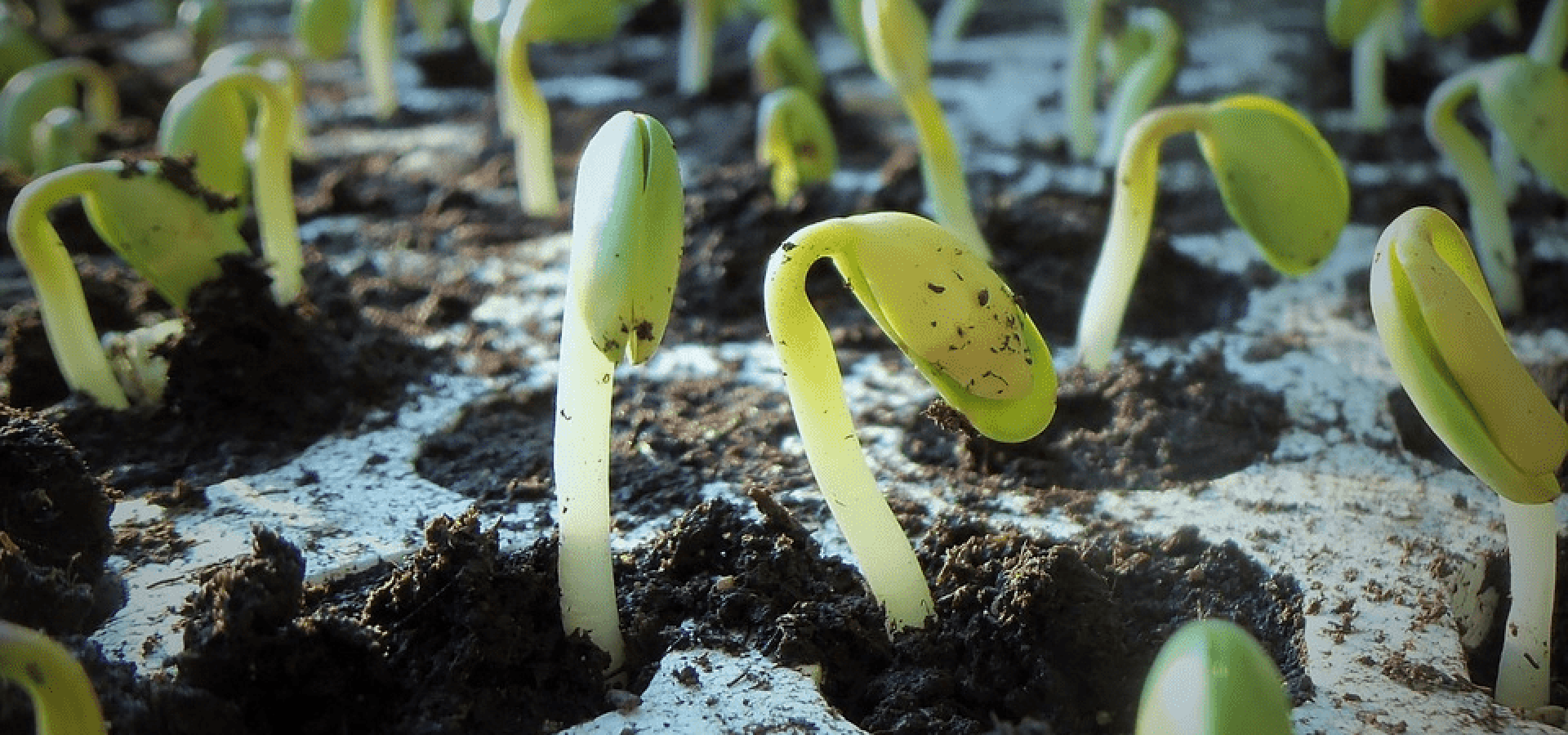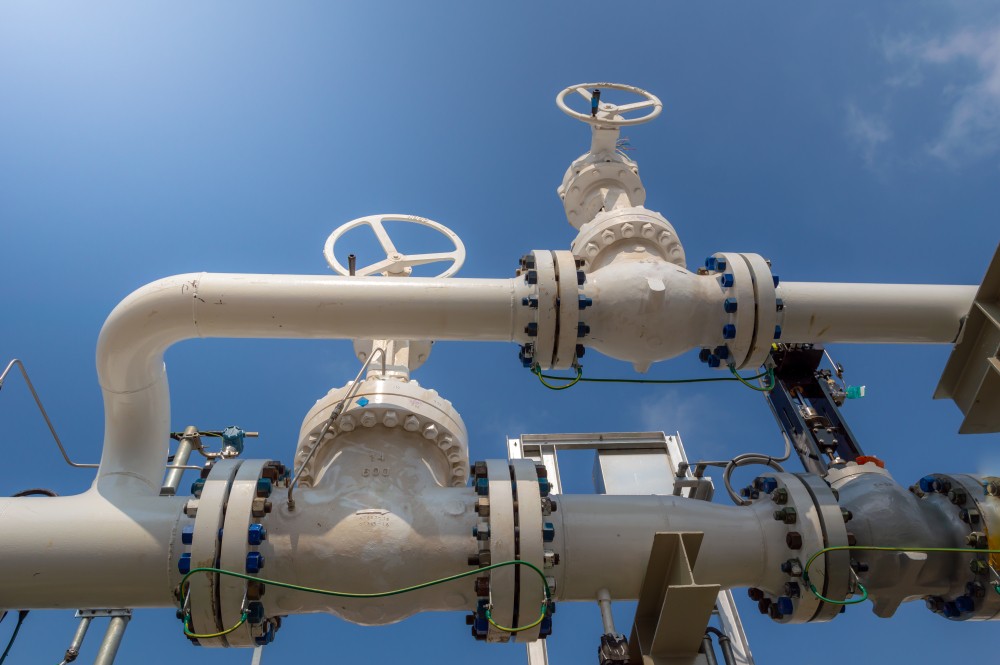Quick Look:
- The bearish trend in soybean prices, with forecasts suggesting a drop to $1164.00 and $1131.40.
- Delay in Dynamic Soy Decision Support Tool launch to Fall 2024 for further development.
- Optimal soy planting dates range from mid-April to mid-May to avoid yield losses.
- Concerns over U.S. soy crush capacity are potentially overbuilding despite a forecasted 23% increase by 2026.
- Canola oil imports to the U.S. are expected to rise, posing competition to Argentina’s soybean oil.
According to the latest analysis, the soybean market is uncertain, with prices showing a bearish trend. Today, soybeans’ price stands at $1193.10 per bushel. However, expectations suggest a downward trajectory in the near term.
Soy Market Dips: Targets Set at $1164 and $1131.40
Analysts forecast a potential decline in soybean prices, with targets set at $1164.00 and $1131.40. Several indicators support this expectation, including stochastic indicators’ loss of positive momentum. The key invalidation point for traders remains at $1193.10, indicating that stability below this price could confirm the bearish outlook.
The soybean trading range is currently identified with support at $1165.00 and resistance at $1205.00. The overarching trend forecast remains bearish, underpinned by the technical indicators supporting the anticipated decline.
Dynamic Soybean Tool Launch Delayed to Fall 2024
In related news, the highly anticipated Dynamic Soybean Decision Support Tool has seen its release pushed back from early April 2024 to Fall 2024. The delay stems from a need for further development and the integration of producer data to ground truth the tool’s predictions. The team behind the tool is committed to enhancing its modelling, ensuring accuracy and user-friendliness before its launch.
Optimal Soy Planting: Mid-April to Mid-May for Max Yield
Research into soybean planting dates suggests an optimal range from mid-April to mid-May. Besides, delayed planting could yield losses between 0.45 to 0.87 bushels per acre daily. However, the Tidewater region may have more flexibility, extending the optimal planting window from early April to the first week of May.
Additionally, maturity group research highlights an optimal relative maturity range of 4.5 to 5.5, with flexibility noted for mid-June and mid-July planting dates. Seeding rate studies conclude minimal impact on yield for rates above 75,000 plants per acre, with an optimal seeding rate for revenue being 18,000 seeds per acre lower than that for maximal yield.
U.S. Soybean Crush Capacity to Surge 23% by 2026 Amid Trends
The U.S. faces concerns over potential overbuilding in soy crush capacity despite strong balance sheets suggesting that such worries might be premature. However, risks loom in areas like Argentina, which faces challenges from export tax increases and high local basis levels in regions with clustered plant areas. By 2026, forecasters anticipate a 23% increase in the U.S. soy crush capacity amidst changing dynamics in the use of soybean oil feedstock, now accounting for 35% of the total, down from 50% a year ago.
In the international arena, analysts expect that canola oil imports to the U.S. will increase from 2.86 million tonnes in 2023 to 3.5 million tonnes in 2024. This increase comes amid competition from Argentina’s soybean oil, especially within California’s Low Carbon Fuel Standard (LCFS) program. Despite this, Canada’s canola oil holds competitive advantages, including a better carbon intensity score and proximity advantage over Argentina.









COMMENTS